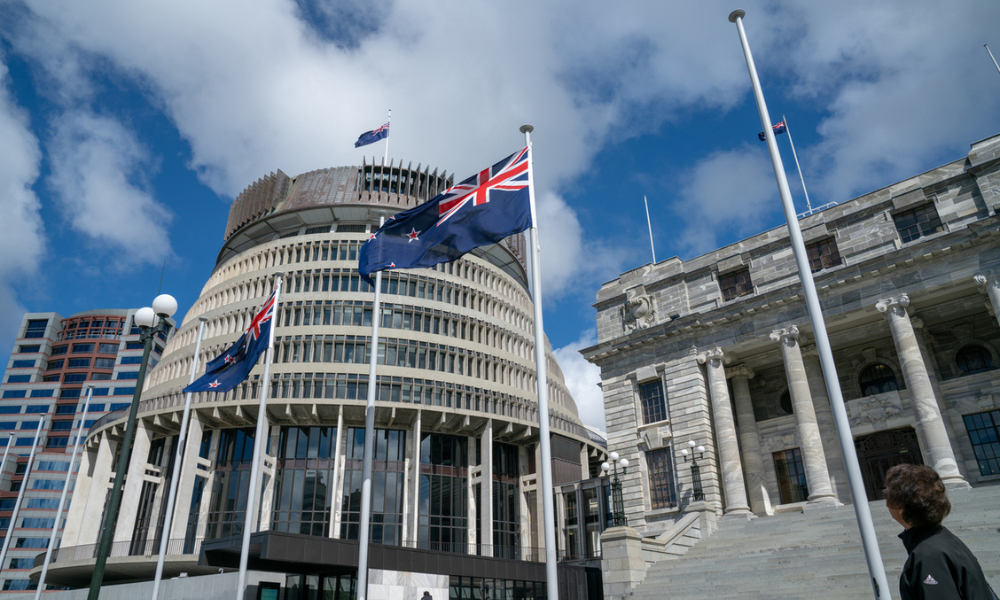Government changes meant to return AEWV 'to pre-pandemic settings'

The New Zealand government is tightening its immigration settings to ensure that Kiwis are finding work amid a near-record migration rate in 2023.
Immigration Minister Erica Stanford said the changes to the Accredited Employer Work Visa (AEWV) scheme are not new, but rather a "return to pre-pandemic settings."
"I am bringing in a suite of changes that will improve the AEWV scheme and ensure we are better testing the local labour market and reducing the risks of putting New Zealanders out of work," she said in a statement.
Among the changes are:
- Introducing an English language requirement for migrants applying for low skilled level 4 and 5 roles
- A minimum skills and work experience threshold for most AEWV roles.
- For roles that fall into the level 4 and 5, employers will need to engage with Work and Income before approval to bring in migrants will be granted
- Reducing the maximum continuous stay for most level 4 and 5 roles from five years to three years
- The franchisee accreditation category will be disestablished and these businesses will be to apply to bring in workers from overseas through the standard, high-volume, or triangular employment accreditation
These changes come after a near-record migration of 173,000 for non-New Zealand citizens in 2023, according to Stats NZ.
Stanford added that these measures will also ensure the scheme's integrity and prevent migration worker exploitation, after a recent review found serious issues with the processes.
"By having an English language requirement migrants will be better able to understand their rights or raise concerns about an employer early," she said.
Green List plans scrapped for immigration
Meanwhile, Stanford said the government is also cancelling its plans to add 11 roles, such as welders and fitters, to the Green List.
The Work to Resident pathway for bus and truck drivers will also be closing to new applicants, according to the minister, as vacancies in the occupations have been filled.
"These changes are the start of a more comprehensive work programme to create a smarter immigration system that manages net migration, responds to our changing economic context, attracts top talent, revitalises international education, is self-funding and sustainable, and better manages risk," she said.
Employers worried about labour shortages
Employers, however, expressed concerns that the changes will prevent them from filling key vacancies for skilled and experienced positions.
"We are supportive of ensuring we are bringing in the right workers, and that they are not exploited, but we do need to make sure we get the balance right," said Alan McDonald, head of advocacy at the Employers and Manufacturers Association, in a statement.
"New Zealand still has shortages of truck drivers, healthcare workers, and construction workers, while not going ahead with placing occupations such as welders and fitters and turners on the Green List could cause some shorter-term issues while employers find and train up suitable local staff."
McDonald pointed out that the near-record migration rates last year were due to the system "playing catch up" with pandemic border closures.
"Continual tinkering with the current settings is off-putting for potential skilled migrations considering New Zealand and confusing for employers who are trying to do the right thing but struggling to keep up with the rules," he warned.








